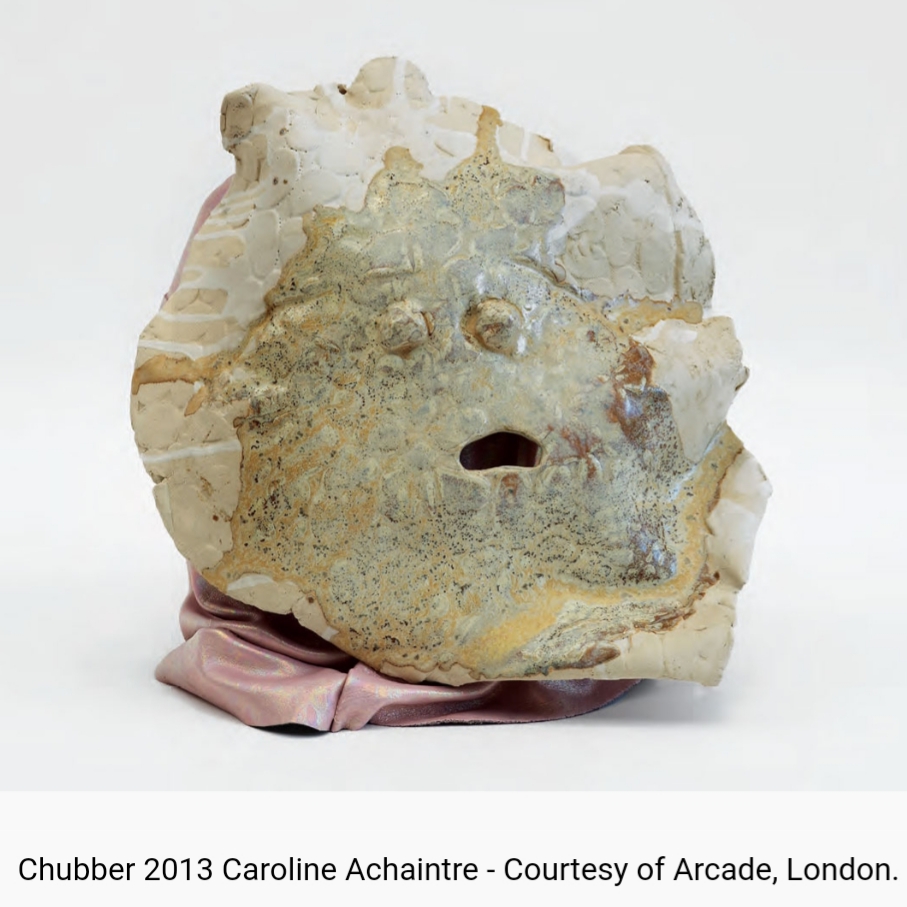Week 5 Reflection
Thanks to team 2, today we learned about contemporary artists using traditional mediums like Mughal miniatures. Who are some other contemporary artists who use traditional materials, genres, or subject matter from the past? Why are they engaging with the premodern?
Contemporary art means that works are made from the artists today using materials and subject matters that respond to the global issues surrounding them everyday and currently. Materials used can also be in digital form since technology is advancing and this also shows that art is also progressing in terms of variety for mediums. Premodern art would be art using traditional mediums and subject matters that are sometimes stylised as shown in the Romanticism and Baroque Period. As I have read the question, I am quite surprised to see how contemporary artists are making way for traditional art forms in their work. Because preferably for contemporary artists to use contemporary art for their works as a sign of progressing forward and more relatable to audiences today.
Aside from Mughal miniature paintings, one contemporary artist called Caroline Archaintre, a French artist working in London. She is a mixed media artist but started working with traditional medium such as ceramic 5 years ago in London.
Below is an example of her work which she used ceramics as the medium. She thought that using ceramics would be a more spontaneous and interesting to work with to create a more textured feel for her work.
Fig 1.
Caroline Archaintre. Chubber. 2013. Ceramics. Arcade, London.
It is interesting to see how artists like Archaintre is going back to using traditional art because of the interaction between her and the material. For contemporary artists to go back to traditional arts so they could reminisce the past feel and texture is probably a good reason why artists these days would want to combine the art today with traditional art.
Image source
“Caroline Archaintre -Why I Create ” . UK Phaidon. last accessed 15 November 2018.
https://uk.phaidon.com/agenda/art/articles/2017/november/13/caroline-achaintre-why-i-create/
